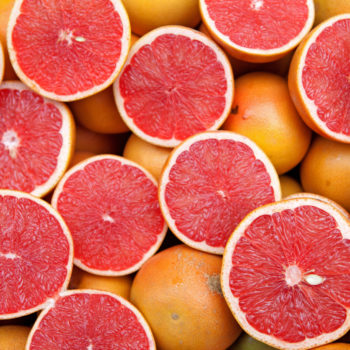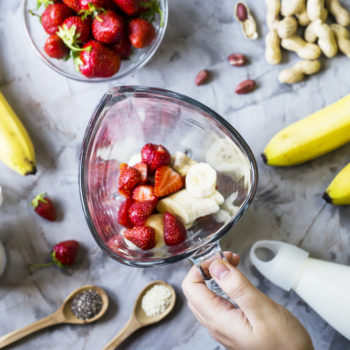The asparagus season has officially begun. They are seasonal from March to June, which is why it is good to benefit from them and eat them as long as they are fresh. Together with Dr. Elisabetta Macorsini, a biologist and nutritionist at Humanitas, we saw the properties of this vegetable and some recipes, from the classic rice salad to cold pasta and omelette.
Rich in folates and vitamin C
Asparagus are particularly suitable if you are following a low-calorie diet because they consist mainly of water and have few calories (24 kcal per 100 grams). They are rich in fibers that facilitate the intestinal transit, eliminate toxins and help to reduce cholesterol and glucose levels in the blood after meals. They are also an important source of potassium, vitamin C and folates.
“Vitamin C (ascorbic acid) has an antioxidant action and protects against damage that is caused by free radicals – said Dr. Macorsini -. It stimulates the immune system and is essential for the formation of collagen, and favors the absorption of iron in the intestine by preventing anemia.
Folates are substances that, in the intestine, are transformed into folic acid (vitamin B9). Folic acid participates in the hemoglobin synthesis and some amino acids and it is very important for the growth, reproduction and proper functioning of the nervous system.
The asparagus are also excellent purifying and draining allies: as they are rich in water and potassium as well as the presence of asparagine, they stimulate diuresis, liver and kidney function, eliminate toxins and stagnation of liquids and consequently help to reduce cellulite. They also contain rutin and quercitin, which have an anti-inflammatory action and are therefore considered to be natural anti-inflammatory.
Rice and pasta salad
When choosing asparagus, preference should be given to hard-boiled but not woody ones.
The tops of the asparagus indicate their degree of freshness: when they are well closed, they are fresh. After a quick boil, they can be used in various preparations.
Rice salads do not need an elaborate preparation or long cooking times. That’s why it’s a quick and easy dish, perfect to eat at home or when you are away from home on business. It is a very flexible recipe that can be customized in different ways, depending on your taste. The asparagus should be previously boiled and then cold added, along with the other seasonal vegetables you prefer. The vegetarian version can be enriched with eggs and tuna. Cold pasta, on the other hand, is another dish that should never be missing in summer or in general during the summer. The dressing can be the same of the rice salad but it is better to prefer the wholemeal pasta or avoiding a long cooking which can increase the glycemic index and favour the assimilation of the starches.
Asparagus omelette
The omelette is a simple and tasty dish made with asparagus. Cut the asparagus into chunks and toss them in a pan with a little oil. Then add the beaten eggs with salt, pepper and a little grated Parmesan cheese. Cook it over a high flame for two or three minutes. Finally, lower the heat and continue cooking for a few minutes, then turn the omelette and also complete the other side.
The recipe of the month: farro salad with broad beans, peas, asparagus and prawns
Ingredients for 4 people
Spelt: 250 g
Shelled fresh peas: 150 g
Shelled broad beans: 120 g
Green asparagus: 1 bunch (about 200/250 g)
Penaeus shrimps: 250 g
Tomatoes: about 10
Red onion from Tropea: 1
Garlic: 2 cloves
Fresh ginger: a pinch
Extra virgin olive oil: 2½ tablespoons
Salt: q.b.
Preparation
Boil a pot full of slightly salted water and when it starts to boil, cook the clean shrimps, leaving them to boil for 3-4 minutes. Drain them , then cool them by rinsing under cold water.
Rinse the spelt and put it in a pot of water and when it boils, cook it for about 25-30 minutes. Salt only before draining.
Wash and cut the asparagus removing the hard part. Scald for 10 minutes in boiling water.
Put 2 tablespoons of oil in a pan with the chopped onion and the clove of garlic. When the onion has softened, remove the garlic and add the broad beans and peas. Cook until soft, adding the asparagus broth if necessary.
Add the asparagus and stir together for a few minutes.
Drain the farro and put it in a bowl to cool, add a little oil and stir always, to keep it well shelled.
Add the broad beans, asparagus, peas and prawns to the spelt. Mix well with a pinch of freshly grated ginger. Let the salad cool down before serving.








